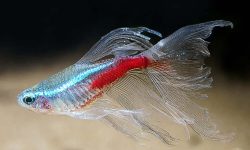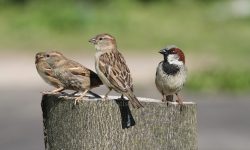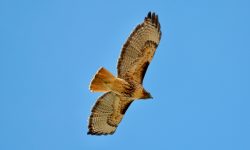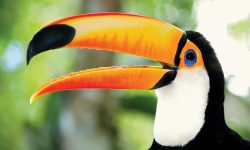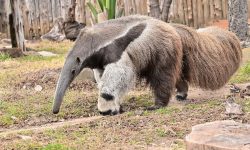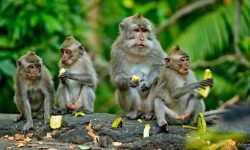Squirrels are among the most adaptable and curious creatures found in both wild forests and urban parks. While they’re famous for stuffing their cheeks with acorns, their diet is surprisingly diverse and intelligent. Understanding what squirrels love to eat reveals not only their nutritional needs, but also the fascinating ways they survive, adapt, and even thrive in changing environments.
In this guide, we’ll explore the top 10 favorite foods of squirrels, diving deep into their origins, nutritional value, reasons for preference, and the impressive methods squirrels use to locate or harvest each type. 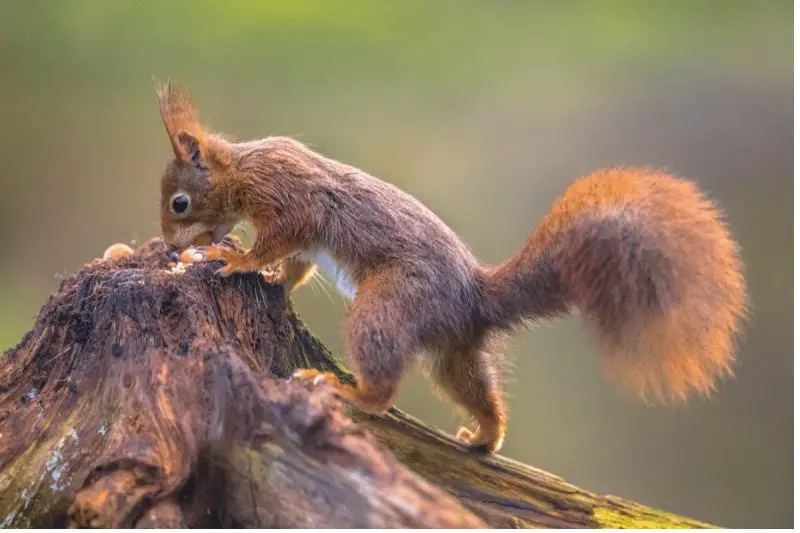
1. Nuts: The Undisputed Favorite
Nuts such as acorns, walnuts, pecans, and hazelnuts are squirrels’ most iconic food choice. These hard-shelled fruits grow on trees like oaks, hickories, and hazels, and are native to temperate regions across the Northern Hemisphere.
Nuts are packed with healthy fats, plant-based protein, vitamin E, magnesium, and antioxidants. These nutrients help squirrels build up fat reserves for winter and fuel their high-energy activities year-round.
Squirrels find nuts by sniffing them out from tree branches, forest floors, or even under layers of snow. During autumn, they work tirelessly to collect and bury nuts in various spots—a behavior called “scatter hoarding.” Their excellent spatial memory and sense of smell allow them to recover these hidden stashes months later.
2. Seeds: Small But Mighty
Seeds from flowers, grasses, and trees are another important staple. Common favorites include sunflower seeds, pumpkin seeds, and even pine nuts from cones.
These tiny powerhouses contain essential fatty acids, iron, zinc, B-complex vitamins, and fiber. They’re easy to eat, digest quickly, and offer concentrated energy.
Squirrels gather seeds by climbing sunflowers, stripping cones, tearing into dried seed pods, or raiding bird feeders. In urban parks, they often outsmart birds by dominating feeders stocked with seed mixes.
3. Fruits: Nature’s Candy
Sweet and colorful fruits attract squirrels throughout the warmer months. In the wild, they feast on berries, apples, persimmons, wild grapes, and crabapples. In urban gardens, they’ll snatch pears, bananas, and even mango slices.
Fruits are full of natural sugars, water, vitamin C, and potassium—nutrients that support hydration, brain function, and reproduction.
To find them, squirrels climb fruit trees and use scent to check for ripeness. They often visit the same tree repeatedly and are known to eat fruit right on the branch or carry it away to a hiding spot. In gardens, they’ll boldly enter during early morning or dusk to avoid human detection.
4. Vegetables: Crunchy and Nutritious
Though more often associated with fruits and nuts, squirrels also enjoy vegetables like corn, green beans, zucchini, tomatoes, and carrots.
These foods are high in fiber, complex carbohydrates, vitamin A, and potassium—offering both energy and gut support. Corn, in particular, is a high-starch favorite that squirrels consume enthusiastically.
Wild squirrels seek vegetables in forest edges where wild squash or corn grows, while urban squirrels boldly raid backyard gardens and compost piles. They can climb fencing, dig through mulch, and even uproot seedlings to get to buried roots or bulbs.
5. Tree Bark and Twigs
In winter, when fresh vegetation is scarce, squirrels turn to tree bark and twigs—particularly from maples, birches, and willows. Though not rich in calories, the inner bark, or cambium, contains trace minerals and a small amount of sugar from sap.
Chewing bark is also crucial for dental health. Like rodents, squirrel teeth never stop growing, so they must gnaw daily to prevent overgrowth.
Squirrels locate soft-barked trees using memory and visual cues. They strip the outer layer with their teeth and nibble the inner cambium, sometimes even accessing sap wells for hydration and sugar.
6. Mushrooms and Fungi: Forest Foragers’ Delight
Fungi like chanterelles, boletes, truffles, and shelf mushrooms are seasonal favorites for many squirrel species. These foods grow on forest floors, rotting logs, and tree roots in moist, shady areas.
Mushrooms are rich in protein, vitamin D, selenium, and beta-glucans—compounds that boost immune function.
Squirrels use scent to detect mushrooms under leaves or moss. Some species, especially red squirrels, are known to carry mushrooms up into trees and lay them out to dry—an impressive form of natural food preservation. These dried mushrooms are then consumed during winter, showcasing squirrels’ remarkable foresight.
7. Bird Eggs: A Protein Boost
Though they’re primarily herbivores, squirrels can act as opportunistic omnivores. During spring, when protein is in high demand, some squirrels raid bird nests for eggs and even nestlings.
Eggs are nutrient-dense, offering high levels of protein, cholesterol, fat, and vitamin D. This boost is especially useful for females who are pregnant or lactating.
Squirrels locate nests by watching bird activity and waiting for parents to leave. They climb quietly and access nests hidden in dense foliage or tree cavities. While this behavior is controversial, it demonstrates their adaptability and survival instincts.
8. Insects and Caterpillars: Crunchy Protein
Insects such as caterpillars, beetles, and larvae provide a rare but valuable protein source. These are typically consumed by young squirrels or breeding females with high protein demands.
Insects are rich in complete amino acids, iron, and vitamin B12—nutrients not easily found in a plant-based diet.
To find them, squirrels sniff leaf litter, tear bark from logs, or search under rocks. They’re particularly skilled at locating slow-moving or soft-bodied insects like grubs and webworms. These tiny meals supplement their diet, especially in early spring or late summer.
9. Cereal Grains and Bread
In urban and suburban environments, squirrels frequently consume human leftovers like cereal grains, crackers, popcorn, or bread. While not natural, these are high in calories and easily accessible.
Cereal grains contain carbs, a bit of protein, and fiber—but processed forms often lack essential nutrients and can include salt, sugar, or additives that are harmful over time.
Squirrels find these foods near trash cans, schoolyards, picnic tables, or sidewalks. Their quick reflexes and bold behavior make them efficient urban scavengers, but such diets should not replace their natural foods.
10. Peanut Butter: A Sticky Favorite
Peanut butter is a human-provided treat that squirrels absolutely love. Made from roasted peanuts, it’s rich in protein, monounsaturated fats, and niacin.
The strong scent of peanut butter travels far and draws squirrels quickly. It’s often used in feeders, DIY toys, and humane traps because squirrels eagerly lick it from any surface.
While tasty and useful for interactions, peanut butter should be unsalted and used sparingly. Excessive intake can lead to nutritional imbalance or tooth issues due to stickiness.
Final Thoughts: Intelligent Foragers in Every Habitat
From dense forests to busy city streets, squirrels showcase an impressive range of foraging techniques. They rely on keen senses—especially smell and memory—combined with agility, problem-solving, and seasonal timing to locate and harvest an astonishing variety of foods.
Whether they’re burying acorns, climbing for berries, or raiding your vegetable patch, squirrels aren’t just hungry—they’re highly skilled survivalists with a flexible, responsive diet. By understanding what they eat and how they find it, we get a clearer picture of their intelligence, adaptability, and ecological role.

